Related Research Articles
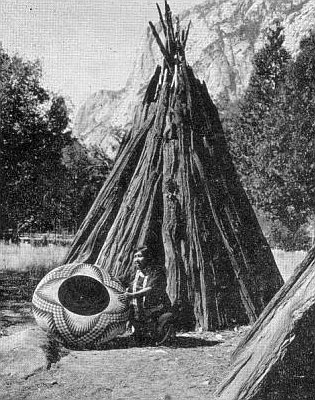
Basket weaving is the process of weaving or sewing pliable materials into three-dimensional artifacts, such as baskets, mats, mesh bags or even furniture. Craftspeople and artists specialized in making baskets may be known as basket makers and basket weavers. Basket weaving is also a rural craft.

Louisa Keyser, or Dat So La Lee was a celebrated Native American basket weaver. A member of the Washoe people in northwestern Nevada, her basketry came to national prominence during the Arts and Crafts movement and the "basket craze" of the early 20th century. Many museums of art and anthropology preserve and display her baskets, such as the Penn Museum in Philadelphia, the Smithsonian National Museum of the American Indian in Washington, D.C., the Nevada State Museum in Carson City, and the Metropolitan Museum of Art in New York.

Lucy Parker Telles was a Mono Lake Paiute - Kucadikadi and Southern Sierra Miwok Native American basket weaver.

Mike Dart is a Native American basket weaver and citizen of the Cherokee Nation, who lives in Oklahoma.

Delores E. Churchill is a Native American artist of Haida descent. She is a weaver of baskets, hats, robes, and other regalia, as well as leading revitalization efforts for Haida, her native language.

Mavis Doering was a Cherokee Nation basketmaker from Oklahoma.
Annie Antone is a Native American Tohono O'odham basket weaver from Gila Bend, Arizona.
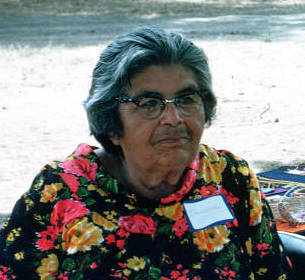
Elsie Comanche Allen was a Native American Pomo basket weaver from the Cloverdale Rancheria of Pomo Indians of California in Northern California, significant as for historically categorizing and teaching Californian Indian basket patterns and techniques and sustaining traditional Pomo basketry as an art form.
Kay Sekimachi is an American fiber artist and weaver, best known for her three-dimensional woven monofilament hangings as well as her intricate baskets and bowls.
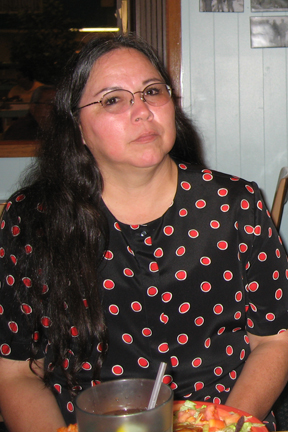
Lisa Telford is a Git'ans Git'anee Haida weaver who creates contemporary garments, shoes and other objects using Northwest Coast style weaving techniques. Her work serves as a commentary on Native identity, stereotypes and fashion.
Mary Leaf (1925–2004) was an Akwesasne Mohawk basket maker, who lived on the border between Canada and the United States. Leaf specialized in basket making, having learned customary basketry techniques from her mother. Her work can be found in the collections of the Newark Museum and the National Museum of the American Indian.
Pat Courtney Gold was a Wasco Native fiber artist and basket weaver from the Columbia River area of Oregon. She graduated with a BA in mathematics and physics from Whitman College and worked as a mathematician-computer specialist before beginning her career in basket weaving. Gold harvested traditional plant fibers to use in her work—including Dogbane, cattail, sedge grass, red cedar bark and tree roots. Her pieces often reflected the natural world along the Columbia River, mixing traditional motifs such as condors and sturgeon with contemporary figures like airplanes. Gold also became an environmental and cultural educator, helping to spread knowledge of her ancestral heritage and basketry skills.
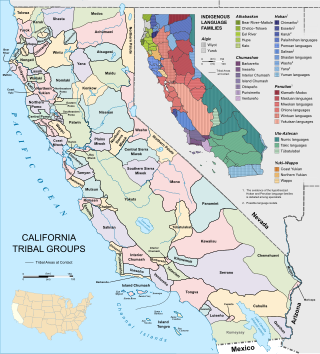
A fully feathered basket is a type of basket crafted by a select group of Indigenous people of California who have traditionally resided in the coastal region of Northern California above San Francisco. The baskets are distinguished by the matted layer of feathers, which completely cover the exterior of the basket. They are highly collectible and renowned for their fine craftsmanship.
William Ralganal Benson (1862-1937) was an Eastern Pomo basket maker from California. He and his wife Mary Knight Benson (Pomo) excelled in traditional basket making. Their work can be found in the collections of major museums.
Mary Knight Benson was a Pomo woman from California who excelled in basket making. Her work is highly collectible and renowned for fine craftsmanship. She and her husband, William Ralganal Benson, partnered in basket making, and their work is in public museum collections.

Mary Holiday Black was a Navajo basket maker and textile weaver from Halchita, Utah. During the 1970s, in response to a long-term decline in Navajo basketry, Black played a key role in the revival of Navajo basket weaving by experimenting with new designs and techniques, pioneering a new style of Navajo baskets known as "story baskets."

Cherish Nebeshanze Parrish is a black ash basket maker and birchbark biter. She is a member of the Match-e-be-nash-she-wish Band of Pottawatomi Indians of Michigan and of Odawa descent.

Lena Frank Dick was a Washoe basket maker best known for her tight weaves and figurative designs. Her baskets were primarily aesthetic as opposed to utilitarian.

Beauty Batimbele Ngxongo is a South African master weaver of Zulu baskets. Her baskets have reached international fame. She lives in Hlabisa, in the KwaZulu-Natal province of South Africa.
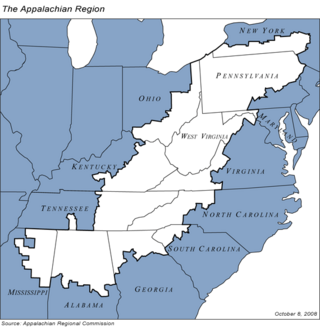
Appalachian folk art is a regional form of folk art based in the Appalachian region in the United States. In an article about the contemporary form of this art, Chuck Rosenak stated, "the definition of folk art is obscure". Folk art is a way to convey the feelings and mannerisms of cultures through handmade visual art and communicates a message to the observer. Though folk art itself was brought to the Americas by Europeans, it has adapted to each region and has cultivated traditions in each region.
References
- ↑ "Joanna E. Schanz". Smithsonian American Art Museum. Retrieved January 15, 2023.
- 1 2 3 4 5 6 7 8 Schmeal, Jacqueline Andre (1998). Iowa Folk Artists . Iowa State University Press. pp. 35–41. ISBN 0-8138-2889-9.
- 1 2 3 4 Ummel, Dawn (July 23, 1986). "Joanna Schanz continues Amana basket tradition". The Gazette. Retrieved January 15, 2023.
- ↑ Hoehnle, Peter (July 22, 2020). "A quick sweep through Amana broom making". The Pioneer-Republican of Iowa County. Retrieved January 15, 2023.
- ↑ Lynch, James Q. (July 2, 2019). "Amana basket weaver keeps tradition alive". The Gazette. Retrieved January 15, 2023.
- ↑ "Willow Laundry Basket". Smithsonian American Art Museum. Retrieved January 15, 2023.